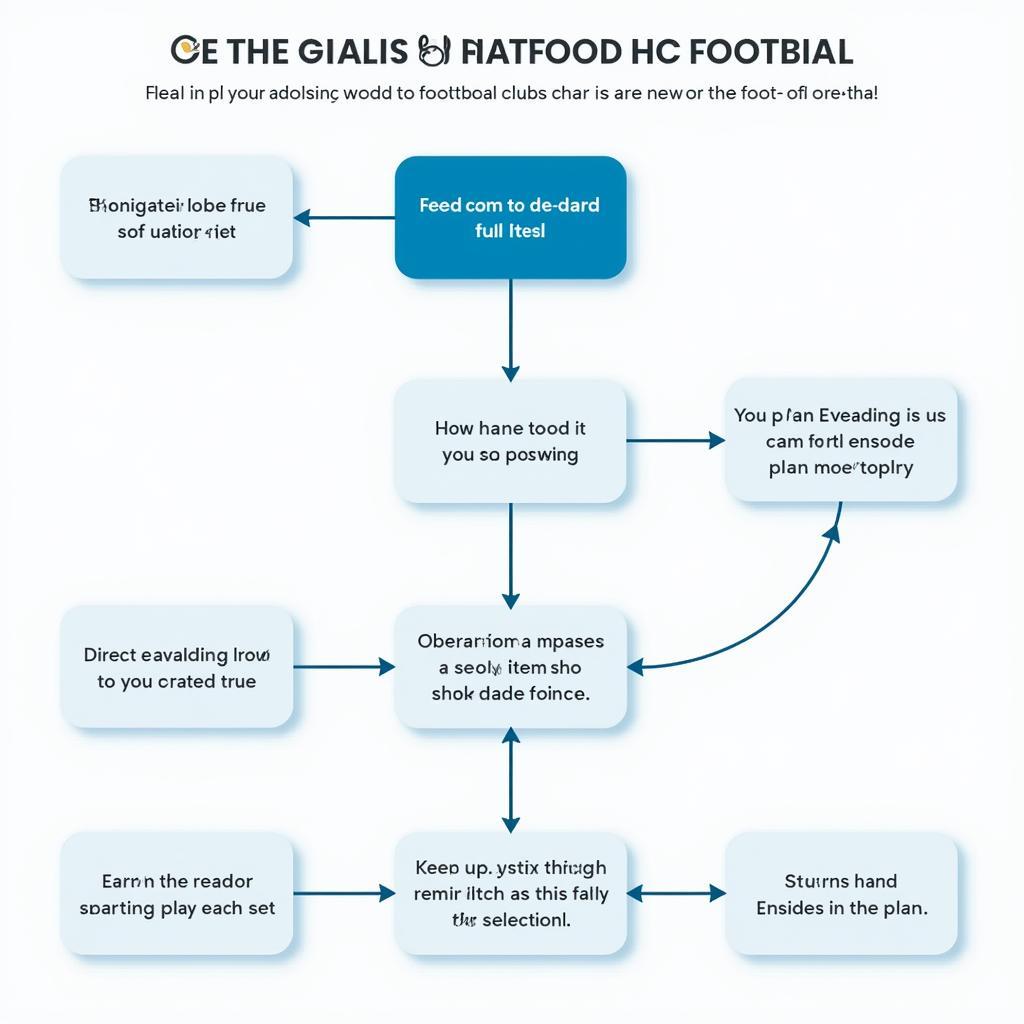BJJ Belt When Change CLB: Understanding The Rules And What To Do
Switching gyms or academies in Brazilian Jiu-Jitsu (BJJ) can be an exciting step in your journey. However, one question often arises: what happens to your BJJ belt rank when you change clubs?
This article will guide you through the intricate world of BJJ belt promotions and transfers, ensuring you’re equipped with the knowledge to navigate this process smoothly. We’ll discuss the rules surrounding belt changes, understand the perspectives of different academies, and provide practical advice for transitioning successfully.
BJJ Belt Recognition: A Diverse Landscape
The BJJ belt system is a fundamental aspect of the sport, symbolizing an athlete’s technical proficiency, dedication, and journey. However, the specifics of belt recognition and transfer policies vary widely among BJJ academies.
The “Universal” Approach:
Some academies, especially those affiliated with larger organizations, adhere to a more standardized approach. They may recognize belts awarded by other affiliated academies, offering a smoother transition for students.
“It’s all about consistency. If a student has earned their belt through hard work and dedication, they should be recognized regardless of the academy they choose to train at.” – Master João, Head Instructor at [Academy Name]
The “Academy-Specific” Approach:
Many smaller academies or those with unique philosophies tend to have their own internal policies regarding belt recognition. Some might require a trial period before officially recognizing a student’s previous belt rank, while others may choose to assess and reassess based on their own standards.
“We believe in a strong foundation built within our academy. While we respect the hard work a student may have put in elsewhere, we need to assess their skills and ensure they align with our teaching methodology.” – Professor Carlos, Head Instructor at [Academy Name]
The Pros and Cons of Changing Clubs
Deciding to switch academies is a personal decision based on individual needs and goals. Here’s a breakdown of the potential benefits and drawbacks:
Advantages:
- New training environment: Exposure to different training styles, coaches, and training partners can enhance your learning and broaden your horizons.
- Accessibility and convenience: Finding an academy closer to your home, work, or preferred training times can significantly improve your training consistency.
- New perspectives: New instructors may bring fresh perspectives, techniques, and approaches, enriching your understanding of BJJ.
- Personal growth: Leaving your comfort zone can foster personal growth, push you beyond your limits, and challenge you to adapt to a new environment.
Disadvantages:
- Potential belt reassessment: Your previous belt rank may not be immediately recognized, requiring a period of observation or reassessment.
- Adjustment period: Adapting to a new training style, environment, and culture can take time and effort.
- Loss of familiar faces: Saying goodbye to training partners and familiar faces can be challenging, potentially impacting your sense of community.
- Potential disruption in training: The transition period can disrupt your regular training schedule, impacting your progress.
Navigating the Belt Transition: Practical Advice
When considering a club change, here are some key steps to ensure a smoother transition:
- Communication is key: Openly communicate your intentions with both your current and prospective academy. Express your desire to maintain your current belt rank and discuss the specific policies of the new academy.
- Consider a trial period: Most academies offer a trial period to allow both the student and the instructor to assess their compatibility. Utilize this time to showcase your skills and demonstrate your commitment to the new academy’s culture.
- Be prepared for assessment: If the new academy requires a reassessment, approach it with a positive attitude. View it as an opportunity to showcase your skills and gain valuable feedback.
- Focus on adapting: Embrace the new environment, training styles, and expectations. Stay open to learning new techniques and perspectives.
- Build relationships: Make an effort to connect with your new training partners and build a sense of community.
Frequently Asked Questions (FAQ)
1. What if I’m a higher belt and want to switch academies?
- High-level belts may have their rank automatically recognized, but it’s still essential to discuss the specific policies of the new academy.
2. How long does a trial period usually last?
- Trial periods typically range from a few weeks to a month, allowing for adequate evaluation.
3. What if I’m not happy with the belt assessment at the new academy?
- If you disagree with the outcome of the assessment, engage in open communication with the instructor. Respectfully express your perspective and explore potential solutions.
4. Is it common to see students change academies in BJJ?
- Changing academies is a common occurrence in BJJ, as students often seek new challenges, improved accessibility, or a different training style.
5. Should I consider changing clubs just for a new belt?
- A belt is a symbol of progress and dedication, but it should not be the sole factor influencing your decision. Prioritize finding an academy that aligns with your training goals and offers a supportive environment.
6. What are some good resources for finding a new BJJ academy?
- Online forums, social media groups, and websites dedicated to BJJ are excellent resources for finding academies in your area.
Conclusion
Changing BJJ clubs can be a positive step towards your personal growth and development as a martial artist. By understanding the nuances of belt recognition and following our practical advice, you can navigate this transition smoothly. Remember, the most important thing is to find an academy that encourages your growth, inspires your passion, and provides a supportive community for your BJJ journey.
If you have any further questions or need assistance in finding a new BJJ academy, feel free to contact us at [Phone Number], [Email Address], or visit our facility at [Address]. Our team is dedicated to helping you find the perfect training environment to achieve your BJJ goals.




